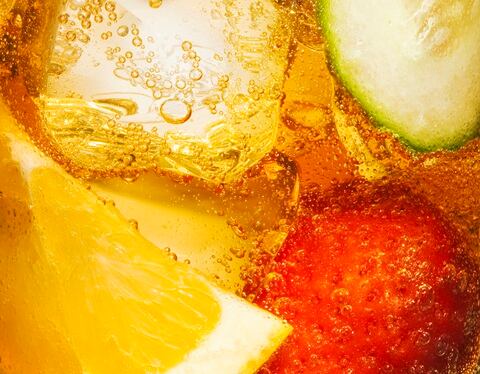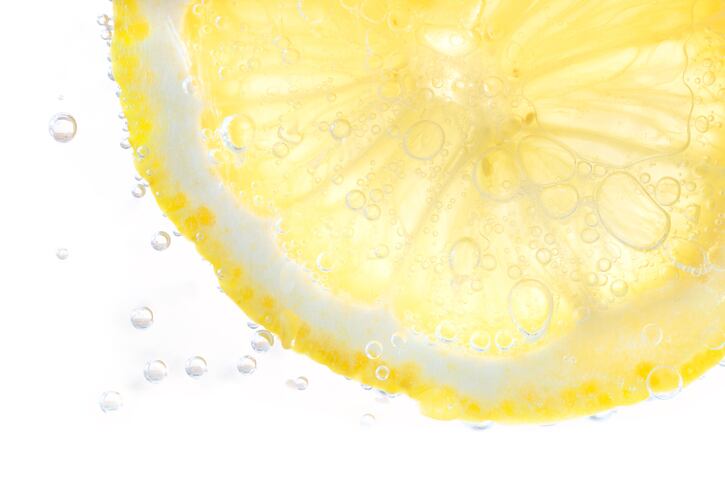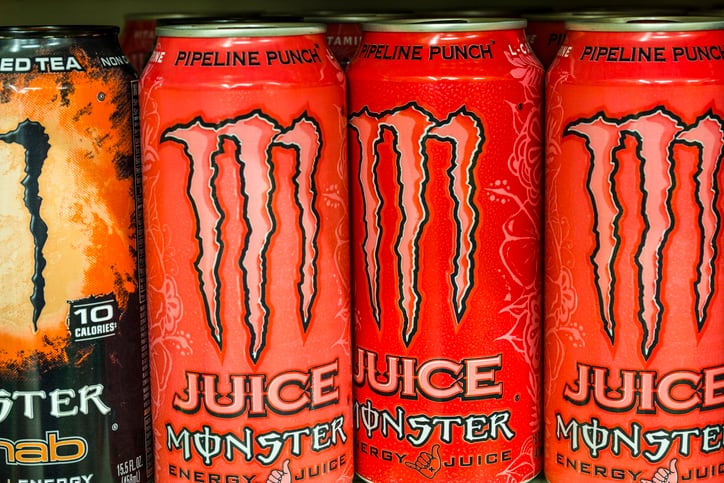Consumer demand for premium RTDs will be key in the future, with value growth outpacing volume growth at 8% vs 5% CAGR 2022–26, according to IWSR Drinks Markets Analysis. That equates to an increase in category value of an additional $11.6bn over the next five years.
A maturing category
The 2022 IWSR RTD Strategic Study examines and forecasts growth in the RTD category across 10 focus markets – Australia, Brazil, Canada, China, Germany, Japan, Mexico, South Africa, UK, and US – which cumulatively represent more than 85% of all RTD volumes worldwide.
RTD category volumes across the 10 focus markets will grow by 24%, although growth will be more moderate than in recent years as the US hard seltzer market (which currently makes up 60% of the RTD segment in the county) cools down. But this, in turn, is opening the doors for RTD innovation – particularly in spirits-based RTDs.
The rush of new brands and investments in the RTD category has spurred growth over recent years, with the category now reaching a more mature, stable growth phase after the highs of the pandemic (in fact, recruitment of new RTD consumers is now at its lowest level in three years, illustrating category maturity).
After the dominance of hard seltzer, its now time for RTD cocktails and long drinks to shine: offering more pizzazz than hard seltzers or beer and yet with accessibility and convenience in the can.
“Consumers in the US have grown accustomed to the convenience and variety offered by RTDs, which has increasingly led to people trading up to spirit-based cocktails. This reflects the overall spirits premiumization trend in the US and the popularity of bar-made cocktails,” says Brandy Rand, Chief Strategy Officer at IWSR Drinks Market Analysis. “As a result, hard seltzer volume is now projected to decrease after hitting all-time highs, which will lead to more moderate growth levels across the total RTD category.”
Spirit-based RTDs – especially those made with vodka – held 45% category volume share in 2021 globally and are driving the lion’s share of innovation.
Cocktails and long drinks (defined by IWSR as drinks that reflect well-known cocktails or spirit and mixer drinks such as a mojito or G&T) - are forecasted to spur the most growth in RTDs globally, with volumes expected to overtake hard seltzers in 2025. In the 10 focus markets, cocktails/long drinks are forecasted to command about 26% of the total RTD category by 2026, compared to 20% for hard seltzers.
IWSR sets out 7 sub-categories of RTD alcohol: cocktails/long drinks; hard seltzers; hard coffee; hard tea; hard kombucha; wine spritzers/coolers & Flavored Alcoholic Beverages (FABs).
Cocktails/long drinks are defined as those reflecting well-known cocktails (mojito, negroni, mule, cosmopolitan) as well as common mixed drinks containing a base spirit and a non-alcoholic mixer (for example, gin & tonic, vodka & soda) where the base alcohol is clearly identified.
Hard seltzers are composed of a blend of carbonated water and alcohol, in some cases with added fruit flavour; typically malt-based but can also be wine or spirit based. In contrast to long drinks, the alcohol base is not defined.
And driving this forward is continued innovation in the category.
Premium-priced RTDs have grown faster than any other segment over the past two years, albeit from a smaller volume base, with new products increasingly launching at higher prices. This is driven by an increase in spirit-based offerings, higher ABVs and well-known premium brand extensions.
Across all markets, more than 50% of consumers are influenced to purchase RTDs made by a well-known spirits, beer or soft-drink brand. RTDs produced by a local craft brewery or distillery also rate highly, whereas celebrity-backed brands rank lowest in terms of influence.
Meanwhile, IWSR’s innovation tracking shows an increase in full-flavored products across all sub-categories. Spirit-based and higher-ABV RTDs are taking a large share of new product development, driven by pre-mixed cocktails. Spirit-based FAB launches in 2022 will outstrip those of 2021 by almost 75% at current rates.
IWSR also tracks product innovation at SKU level; findings show a decrease in RTDs claiming dietary benefits and an increase in brands claiming natural ingredients.
Taking share from beer
IWSR’s study shows consumers continue to drink RTDs both instead of and alongside traditional alcohol categories. Beer is cited as the most commonly replaced drink, as well as the drink most likely to be consumed with RTDs in the same occasion. "RTDs are a clear trade-up from beer, with consumers paying roughly double for the same size serve of an RTD," notes Rand.
Taste is also the leading factor in why consumers are choosing RTDs, with packaging attributes such as portability and single-serve sizing growing compared to previous years.
“With the RTD category firmly established and competition at an all-time high, brand owners continue to focus on innovative products and brand extensions or partnerships to drive greater awareness and distribution. The RTD innovation IWSR is tracking year-on-year clearly shows a rapid pace of product transformation to meet consumer demand,” says Rand. “There is no single dominant type of RTD globally, which makes the category uniquely positioned to capitalise on local tastes and trends.”




